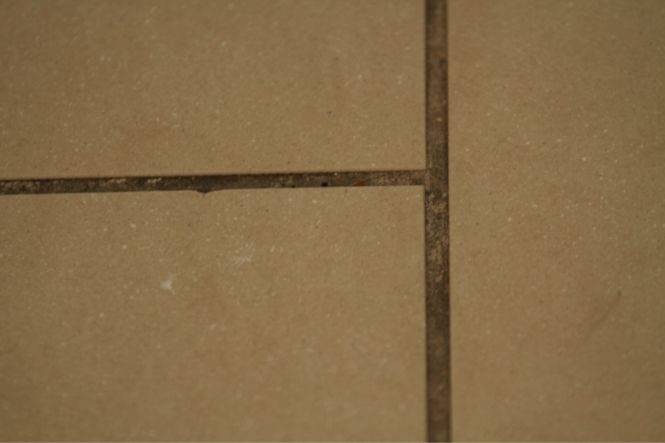Block Driveways With Slurry is a relatively new process in the residential market. Jointing block manufacturers are now starting to introduce this type of jointing system as an option with their paving products.
Block paved driveways and patios are usually loose jointed or mortared, but the use of slurry is becoming the most popular process on commercial projects. The slurry method is now beginning to nose its way into the residential market, although it is likely to remain rare until the machines needed to do a proper job become cheaper and more widely available.
Table of Contents
Overview And Preparation
Essentially, a specially prepared mortar compound is mixed to a very liquid consistency then poured over the finished driveway. The slurry will go into every single nook and cranny, being helped by a vibrating roller if one is available, then the residue is washed off leaving a clean, flush surface.
Before starting it is of paramount importance that the surrounding area is protected with plastic sheeting, including any drain covers or manholes, to stop cement being poured on them. Any loose material should be brushed out of the gaps between the blocks, then the whole area should be soaked well. The water on the surface of the blocks helps the slurry move across the paved area easily and prevents the cement in the slurry sticking to the faces of the blocks and staining them.
Mixing And Spreading Slurry
The slurry can be mixed with an ordinary cement mixer. Follow the manufacturer’s instructions on the mortar packet, although it’s generally good practice to gradually build up the amounts of water and mortar added in to prevent lumps being formed. The mix should then be poured and guided onto the driveway surface.
This next bit is easier if there are a few helpers. The slurry should be pushed around the driveway with brushes (or large squeegees if you can get them) and brushed into the gaps between the blocks. As the slurry settles into the gaps these should be topped up with more slurry, swept in from the surrounding blocks. This should continue until every single joint has been filled with the slurry mix.
As soon as all the joints are sufficiently filled, the excess slurry should be swept off the driveway. Through this process it’s important to keep wetting the surface (a hose and spray attachment should be sufficient) so that no cement dries off in the wrong place.
Cleaning And Finishing
Cleaning the paving slabs is the next step and here it is very important to get the timing right. The slurry should be given enough time to partially set so that it won’t be washed out of the gaps by the cleaning process. At the same time, if it is left for too long then the excess on the faces of the blocks might dry out. Follow the manufacturers instructions to the letter is the best advice that can be given.
At the right time, start spraying the driveway surface with a hose while brushing the excess slurry off with a soft brush. Brush diagonally to avoid dragging mortar out of the joints. Finish off by hand with a strong sponge and a bucket of water to make sure that all the residue has been cleaned off.
Using Machines For Slurry Spreading
It is possible to do all of this using manual methods but it is much easier and faster with a few handy machines. One of the slurry jointing systems uses a vibrating roller to agitate the surface of the driveway. This forces air bubbles to the top of the joints and ensures that slurry penetrates all the way down into the joints.
A belt cleaner is also a valuable asset. A continuous belt is passed through a water reservoir, dragged across the paving surface, then passed through scrapers to remove the excess slurry that’s been taken up and depositing it in another reservoir. This is faster than hand cleaning and also collects much of the excess slurry and uses a lot less water.
Take Care
As was stated at the beginning of this article, it is early days for this process in the residential market. If any contractor suggests using it is imperative to make sure that they have experience as it can go badly wrong in inexperienced hands. For that reason, it is also probably not a candidate for DIY driveways at the moment.
Conclusion
There is however, huge potential for Jointing Block Driveways With Slurry to offer a combination of two very useful features in one package. It can create smooth and level driveways at the same time as it seals any joints between blocks, improving the look and durability of the surface.
Jointing block manufacturers are now starting to introduce this type of jointing system as an option with their paving products.


